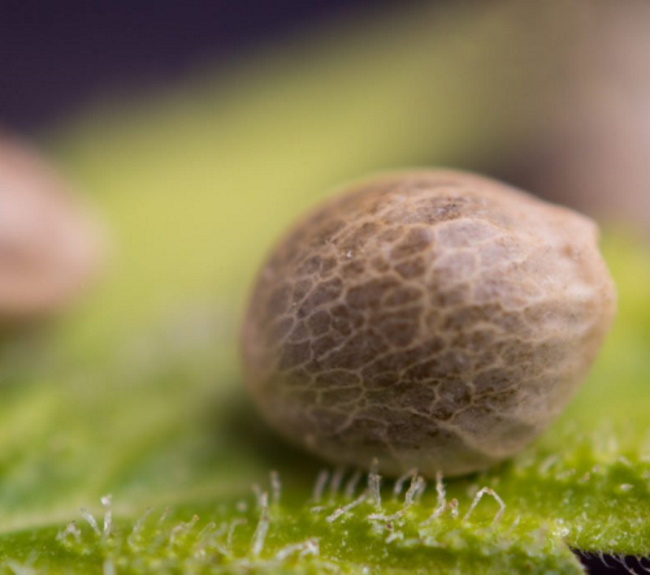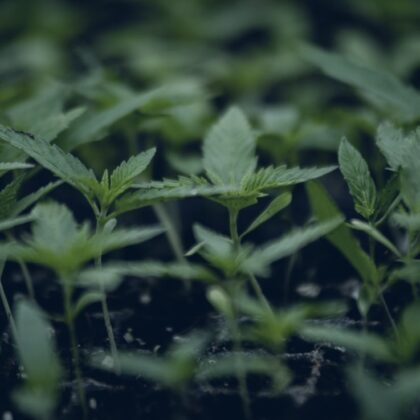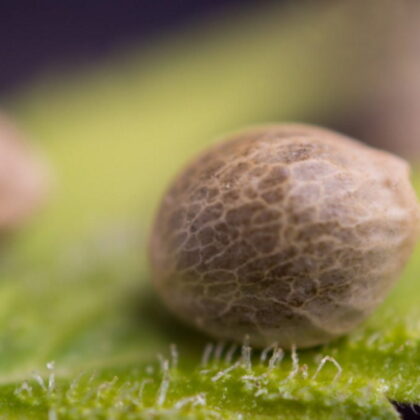Alien Skunk Hemp Seed
Nose: Savory earth and sweet cream. When the buds are cracked open, the aroma is immediately reminiscent of pungent, astringent berries, and over-ripe tropical fruit.
General: These chunky buds range from small to medium in size. They aren’t the most dense, but they’re shaped quite well and exhibit hues of sun-drenched green and ashen violet.
As always, this lifter hemp seed was grown without any kind of pesticides, sprays, or synthetic fertilizers.
Ingredients: Hemp seeds
All products contain less than 0.3% THC.
Caring for Hemp
Hemp grows similar to corn and has high nutrition and water needs. Like corn, it cross-pollinates via the wind.
Hemp is dioecious. Dioecious plants may be male or female – like asparagus and spinach. Males do not produce seeds but are necessary for pollination.
Alien Skunk Watering
People in western states may need to provide additional irrigation. Hemp has high water needs in early development, though it can handle some drought as it gets older. Good root development depends on good irrigation so that the roots can penetrate the soil and stabilize the plants.
Fertilizing Alien Skunk
Hemp has high nitrogen and phosphorus needs and does not like excess calcium.
Damping Off
Growing hemp seedlings are susceptible to damping off. Use sterilized soil and clean your planting tools to prevent damping off. Also, make sure plants have plenty of circulation.
Bacterial and Fungal Leaf Spot
Leaf spot, as the name indicates, shows up as brown spots on leaves. To prevent leaf spot, make sure to not crowd your hemp seedlings and allow for plenty of air circulation.
You can also spray plants, but guidelines have not been set for spraying alien skunk hemp crops. Opt for organic pesticides and herbicides to control diseases and pests.
Root worms
Root worms lay their eggs in the soil and the emerging larvae feed on the roots of growing hemp. Till soil in the fall to expose eggs and spray with an organic pesticide.
Corn Borers
Corn borers lay eggs on the underside of leaves and the moths emerge in May or June. Use pheromone traps and encourage beneficial garden predators.
Blister Beetles
Blister beetles carry a toxic agent that can be harmful to humans and livestock, as well as plants. You can hand pick them off of plants (be sure to wear gloves) and spread diatomaceous earth around your garden.



